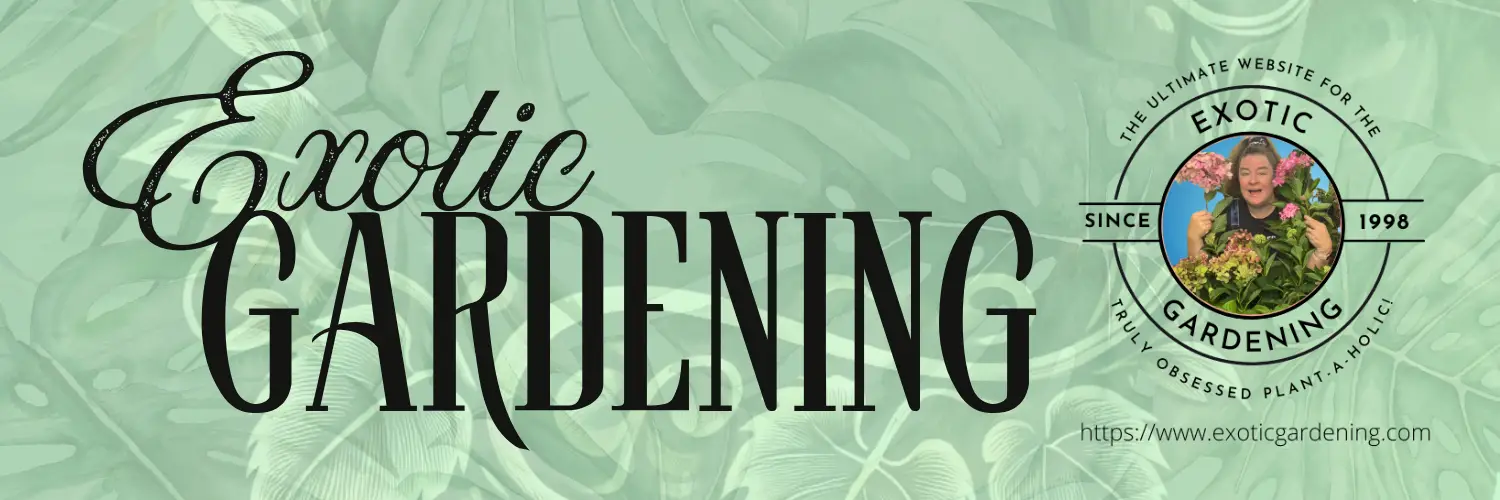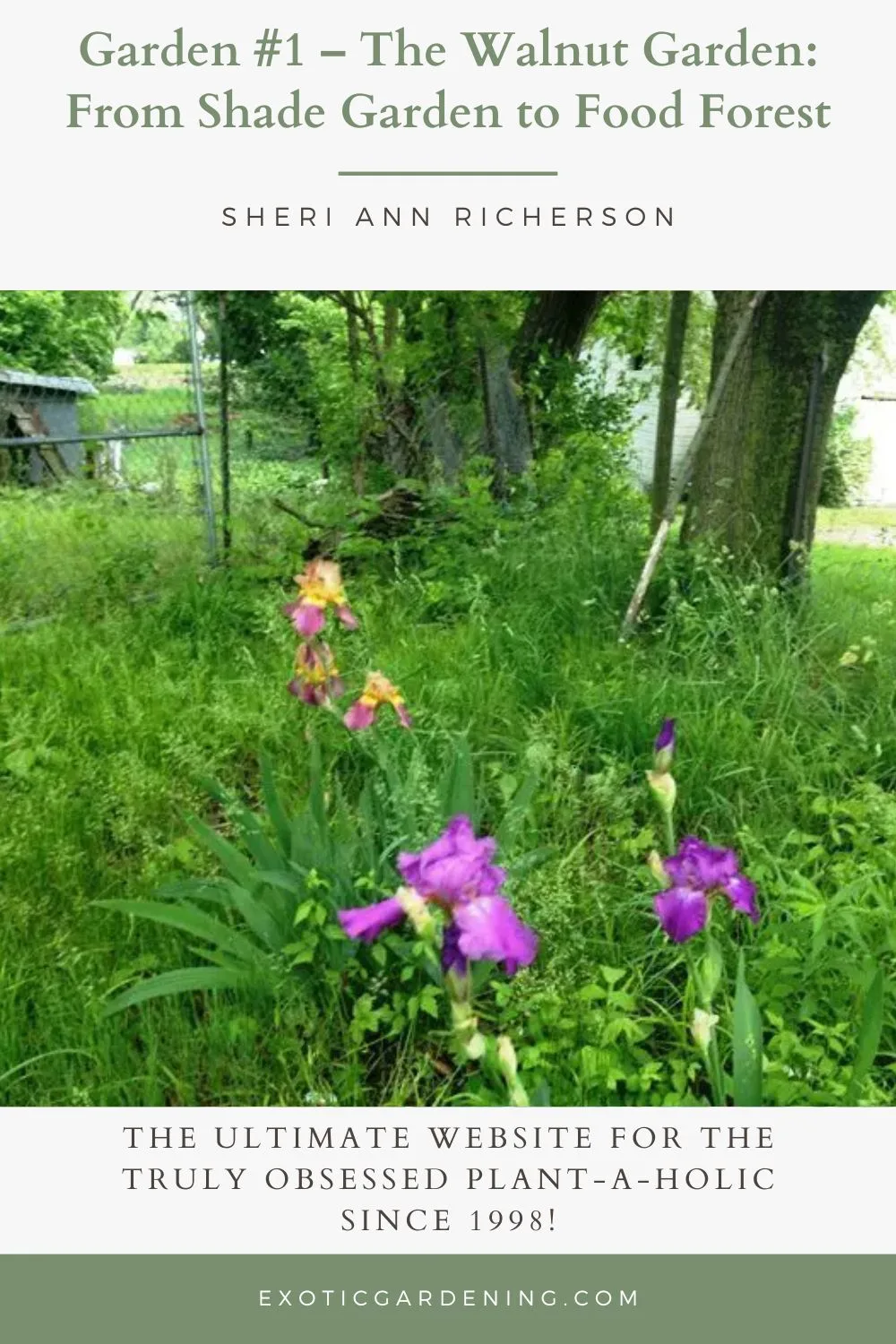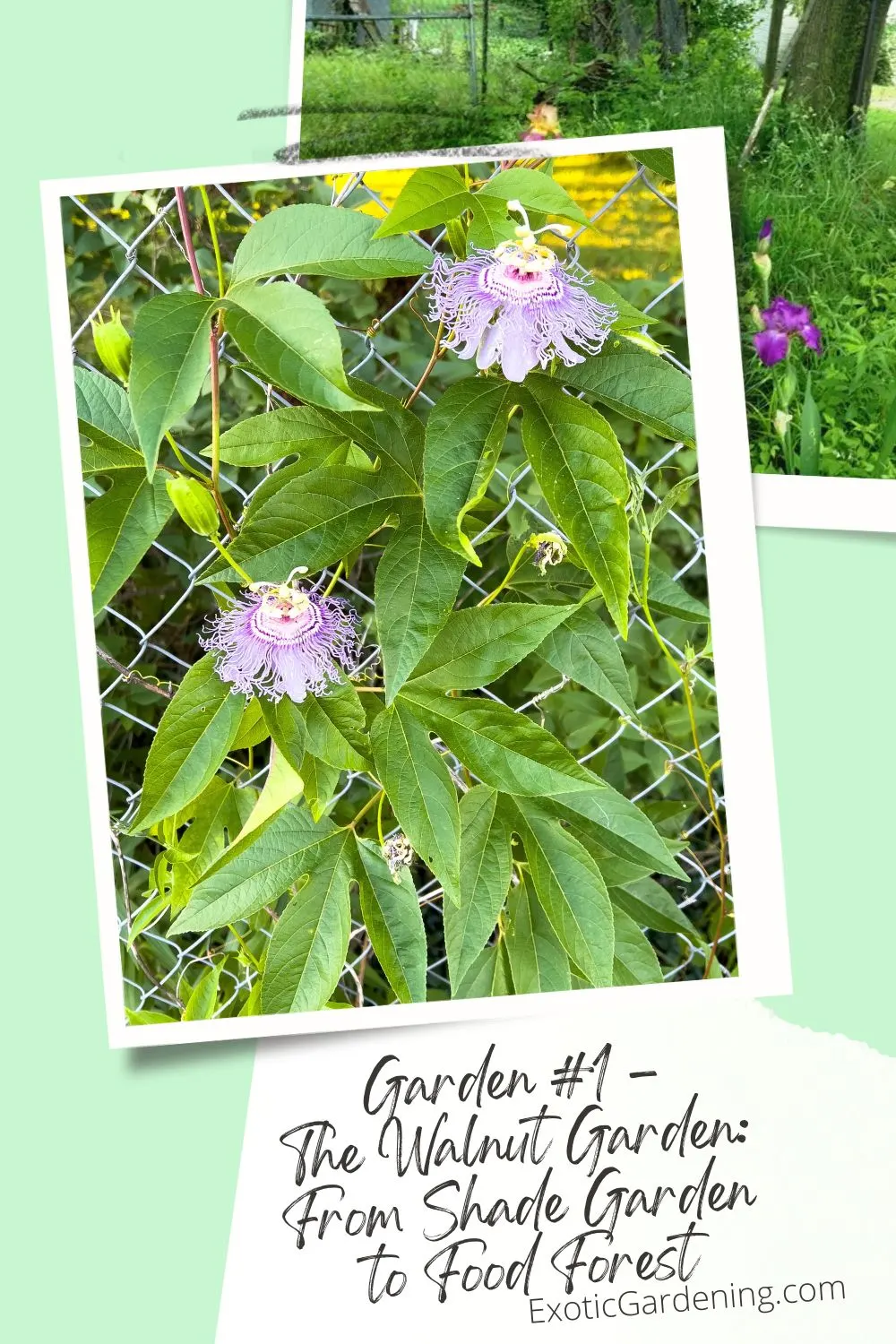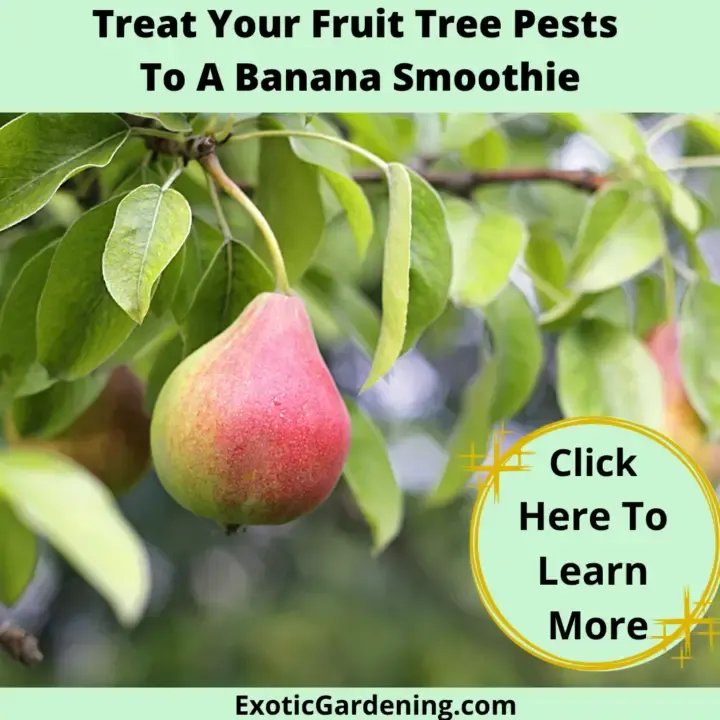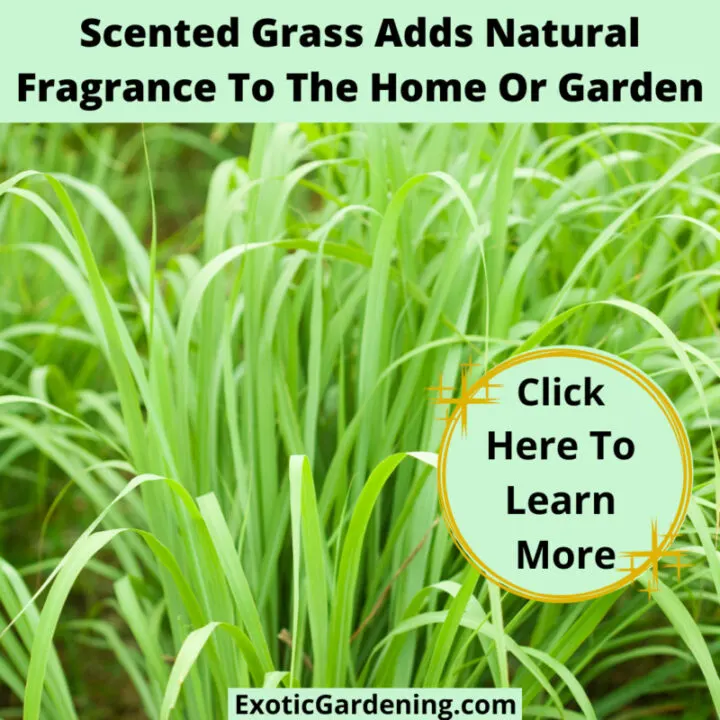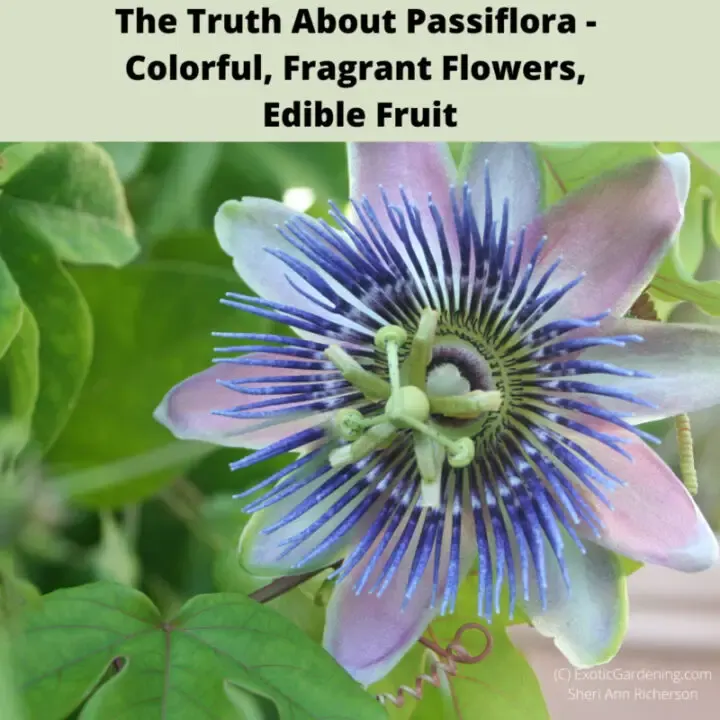Up the hill and to the left of the house, tucked just beyond view unless you know where to look, lies what I’ve always called The Walnut Garden. It’s a place I didn’t plan so much as inherit. The garden borders my neighbor’s property and is dominated by several massive, mature black walnut trees—tall, stoic, and not exactly the friendliest companions for a gardener.
I didn’t plant them. They were here when we moved in. But I’ve grown to respect their presence and the unique challenge they bring. And over the years, this once-forgotten corner has slowly transformed—from a shaded patch of earth into something that is finally starting to feel intentional, even a little enchanted.
Now, a new chapter is unfolding. I’ve begun transitioning the Walnut Garden into a food forest—a layered, perennial-based garden that mimics the structure of a natural forest but focuses on plants that feed people, animals, pollinators, and the soil itself. It’s a cozy cottage garden meets wild permaculture—rooted in usefulness, but rich in beauty and story.

The Black Walnut Dilemma
Let me just say it—planting under black walnut trees is no walk in the park. These trees are gorgeous and valuable, yes. But they have a bit of a reputation, and for good reason.
Black walnuts (Juglans nigra) produce a substance called juglone, a naturally occurring chemical that acts as a herbicide. It’s released by the roots, fallen leaves, and even the nuts themselves. While juglone doesn’t affect the walnut trees, it can be highly toxic to many other plants, especially those we traditionally grow in gardens—like tomatoes, potatoes, peppers, or even apples and blueberries. And the effect isn’t always immediate. Some plants seem fine for a while, then suddenly wilt and die with no obvious cause.
Add to that the dense shade, aggressive root systems, and often dry soil under large walnut trees, and it’s easy to understand why most people just throw up their hands and walk away.
But I’ve never been one to give up so easily.
What I Found That Does Grow
Over the years, I’ve experimented. I’ve observed. I’ve let volunteers take root, watched what thrived, and slowly pieced together what this space wanted to become.
Some things surprised me. Wild raspberries took hold and insisted on staying. I left them. Every year they reward me with handfuls of sweet berries, and I love how they soften the fence line. Daylilies and hosta, which many people consider too ordinary, grew happily in the dappled light. They return stronger every year and add that lush, layered texture that makes a shady garden feel alive.
Solomon’s Seal, and even yucca have claimed their spots and refuse to be told they don’t belong. I also have a hickory tree growing here. Jerry and I planted it many years ago. I consider it one of the garden’s fixtures at this point.
Out toward the edge, away from the walnut canopy, I planted various evergreen trees for privacy. These give structure and softness year-round and help shelter the space. Along the property line, I’ve added lilacs, bittersweet, and Rose-of-Sharon for seasonal color and to create a cozy, enclosed feeling.
And among all of this, there are bits of whimsy—iris, yucca, valerian, maypop (Passiflora), hellebore, and a mix of bulbs like daffodils and tulips that surprise me each spring.
A Shift in Purpose: Toward a Food Forest
Last year, though, I felt a pull to give this space more intention. Not just a collection of survivors, but a purpose-driven garden—still beautiful, but also productive and sustainable. I’ve been diving deeper into permaculture and forest gardening, and the concept of a food forest just clicked.
So, the transition has begun.
I’ve planted:
-
3 elderberry bushes – fast-growing, medicinal, and a pollinator favorite
-
2 pawpaw trees – a native fruit with creamy, tropical-flavored flesh that thrives in partial shade
-
5 hazelnut shrubs – perfect for the understory layer, and a food source for both people and wildlife
-
1 hickory nut – not newly planted, but now a celebrated part of the food forest canopy
These join the existing maypop, Solomon’s Seal, Virginia creeper, lilac, and hellebore, forming the base of what will become a diverse, layered ecosystem.
Thanks to the generosity of the Garden Club of Marion, I was also able to plant a border of hosta and daylilies along the flower beds that line the property. These donated plants aren’t just appreciated—they help knit the garden together, blending the ornamental and edible elements in a way that feels natural and rooted.
What’s Next: A Cozy, Enchanted Mini Forest
My vision for the Walnut Garden is more than just food production. I want it to be a place that feels like something out of an old storybook—where you might gather herbs for tea, pick berries for jam, or rest in the shade with a garden journal in your lap.
In keeping with that cozy cottage and dark academia theme I’ve come to love, I plan to add:
-
Wild ginger, and sweet woodruff, as shade-loving groundcovers
-
Angelica, valerian, and motherwort—tall, slightly gothic herbs with medicinal history
-
Gooseberries and currants, which tolerate shade and add to the edible layer
-
Mugwort, boneset, and rue for a bit of old-world magic and resilience
The deeper shade beneath the walnuts will remain wilder—an undercroft of mossy paths, twisting vines, and quiet herbs. On the brighter edges, I’ll focus on fruiting shrubs and herbs that need a little more light.
This isn’t a quick transformation. Food forests take time. But that’s part of the beauty. This garden is finally becoming what it was always meant to be: a space that grows not just food, but healing, beauty, and story.
Where This Garden Is Headed
Some folks might look at a yard full of black walnut trees and feel defeated before they even start. But I’ve always believed that every space has its own kind of magic—you just have to work with it, not against it. The challenges here taught me to slow down, pay attention, and trust the process.
The Walnut Garden isn’t finished—not even close. But it’s becoming something layered, living, and meaningful. It feeds the pollinators, the soil, the wildlife, and—bit by bit—it’s starting to feed us too.
This little woodland edge, once just a shady patch of survivors, is turning into a sanctuary. A place of purpose, of peace, and of unexpected abundance.
And honestly, that feels just right.
Fruits
How To Prepare Clay Soil For Blueberries
Learn how to prepare clay soil for blueberries with expert tips for optimal growth. Cultivate a thriving blueberry garden today!
